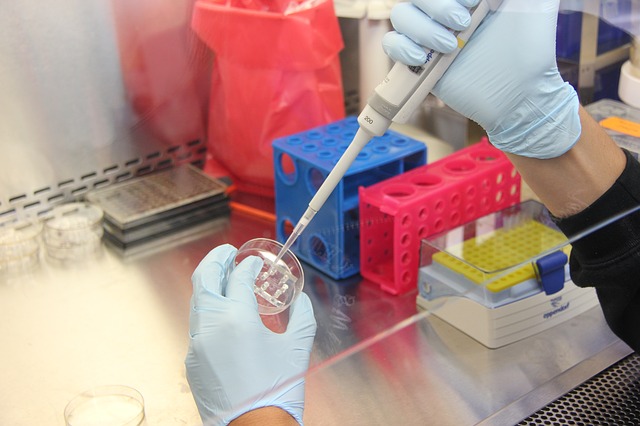April, 2003 - Some studies have suggested that people with adult onset Type II diabetes mellitus, who are known to have a higher risk of dying from a heart attack than non-diabetics, are also less able to detect a critical heart attack warning sign � chest pain.
But a study by researchers at Penn State College of Medicine released in the April 15 issue of the American Journal of Cardiology shows that diabetics and non-diabetics perceive chest pain equally well � and it's not very well at all.
"Many physicians think and act as if patients with Type II diabetes have a blunted ability to perceive chest discomfort as the warning sign of a heart attack. This study reveals that to be probably a myth," said Patrick McNulty, M.D., principle investigator and a cardiologist at Penn State Cardiovascular Center, Penn State Milton S. Hershey Medical Center. "In fact, 25 percent of all patients, with or without diabetes, seem unable to feel chest pain when one of their coronary arteries closes during a heart attack."
The study was approved by the Institutional Review Board under FDA regulations at Penn State College of Medicine.
McNulty and co-workers studied 100 patients with diabetes and 100 without diabetes who were undergoing a planned percutaneous transluminal coronary angioplasty (PTCA) to remove a blockage in an artery. All patients in the study had coronary artery disease, defined as the presence of at least one narrowed artery in the blood vessels that lead to the heart, and had a clinical evaluation suggesting the need for PTCA.
During PCTA, McNulty and colleagues inflated a fluid-filled balloon within the partially-blocked coronary artery, temporarily stopped forward blood flow creating a region of myocardial ischemia � similar to what happens during a heart attack. During balloon inflation, patients were asked about the presence of chest discomfort and asked to assign a number score to the maximum severity of any experienced. The scoring system was based on a 10-point scale with 0 being no discomfort at all and 10 being severe pain. Any other symptoms reported were also recorded.
The data showed that both the frequency of chest pain produced by a sudden coronary occlusion, and the intensity of the pain were equivalent in diabetic and non-diabetic patients.
Of the 100 diabetic patients, 26 reported no symptoms during coronary occlusion; 72 reported central chest discomfort; one reported left arm discomfort only; one reported neck discomfort only. Of the 100 non-diabetic patients, 27 reported no symptoms; 72 reported central chest discomfort; one reported neck discomfort.
Chest discomfort scores averaged 3.5 +/- 2.8 for diabetic patients and 3.4 +/- 2.8 for the non-diabetic patients. Considering only those patients who reported chest pain, scores averaged 4.9 +/- 2.1 for diabetic patients and 4.6 +/- 2.0 for non-diabetic patients.
"We are pleased to have removed this misconception about diabetes but dismayed that many of our patients � about 25 percent � are walking around out there unable to reliably feel chest pain and come to the emergency room when they are having a life-threatening heart attack," McNulty said. "This research means we can't explain this impairment entirely as a consequence of diabetes. We need to instead keep looking for other explanations."
Co-authors were: Steven M. Ettinger, M.D., Joseph Gascho, M.D., Ian C. Gilchrist, M.D., Mark Kozak, M.D., Amir Piracha, M.D., and Charles E. Chambers, M.D., Division of Cardiology, Department of Medicine, Penn State Cardiovascular Center, Penn State College of Medicine, Penn State Milton S. Hershey Medical Center.
Source: Penn State











